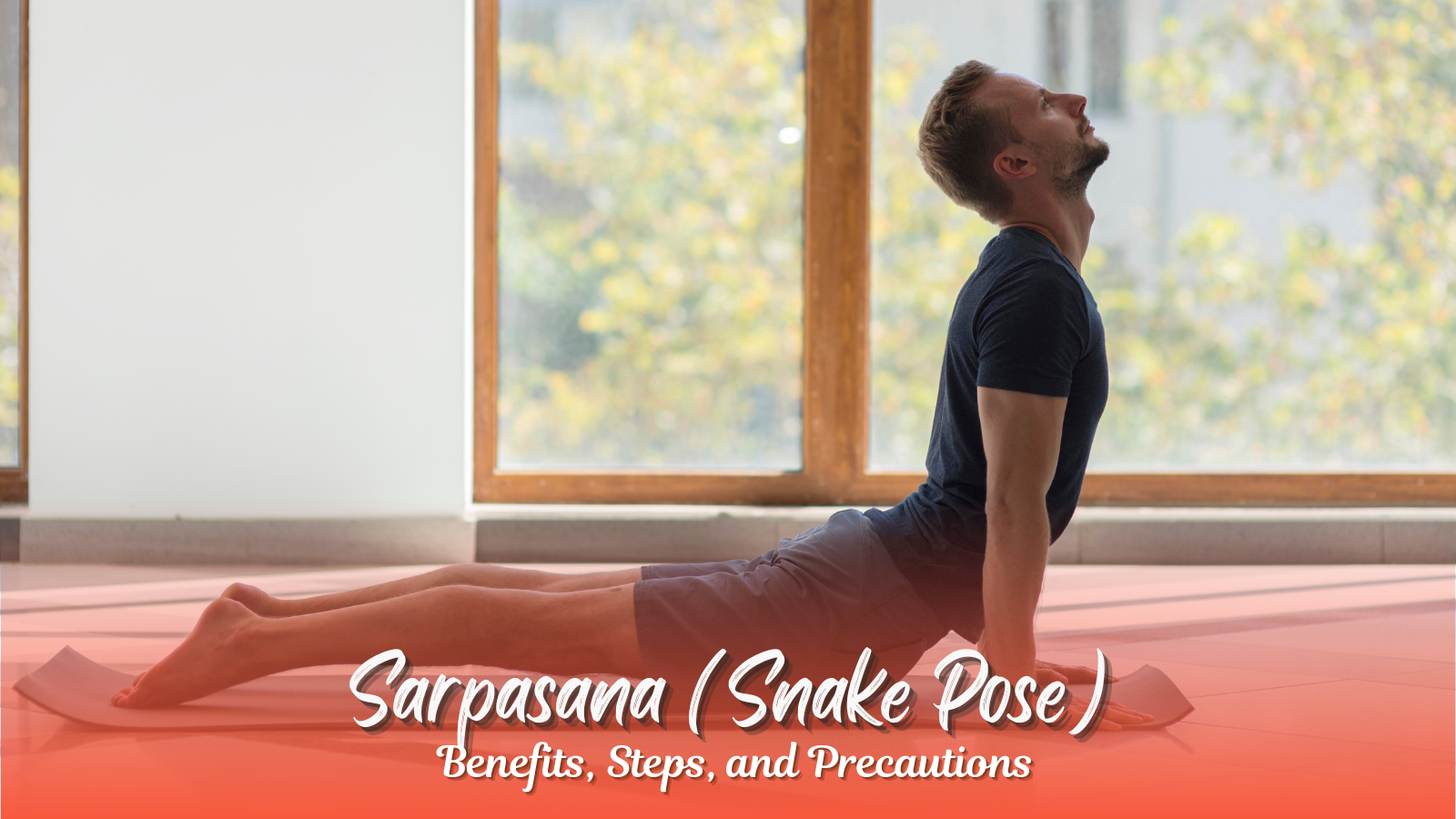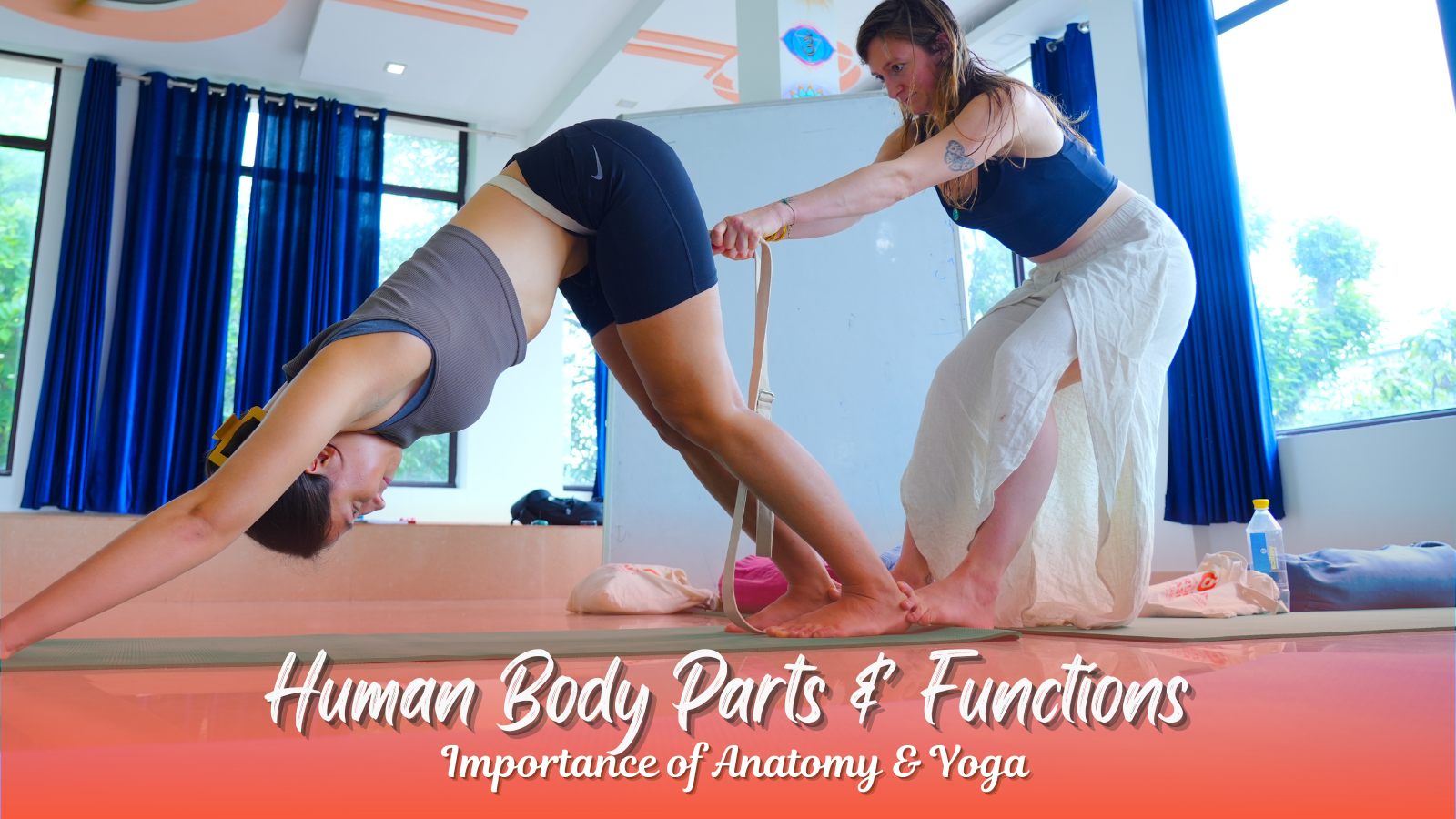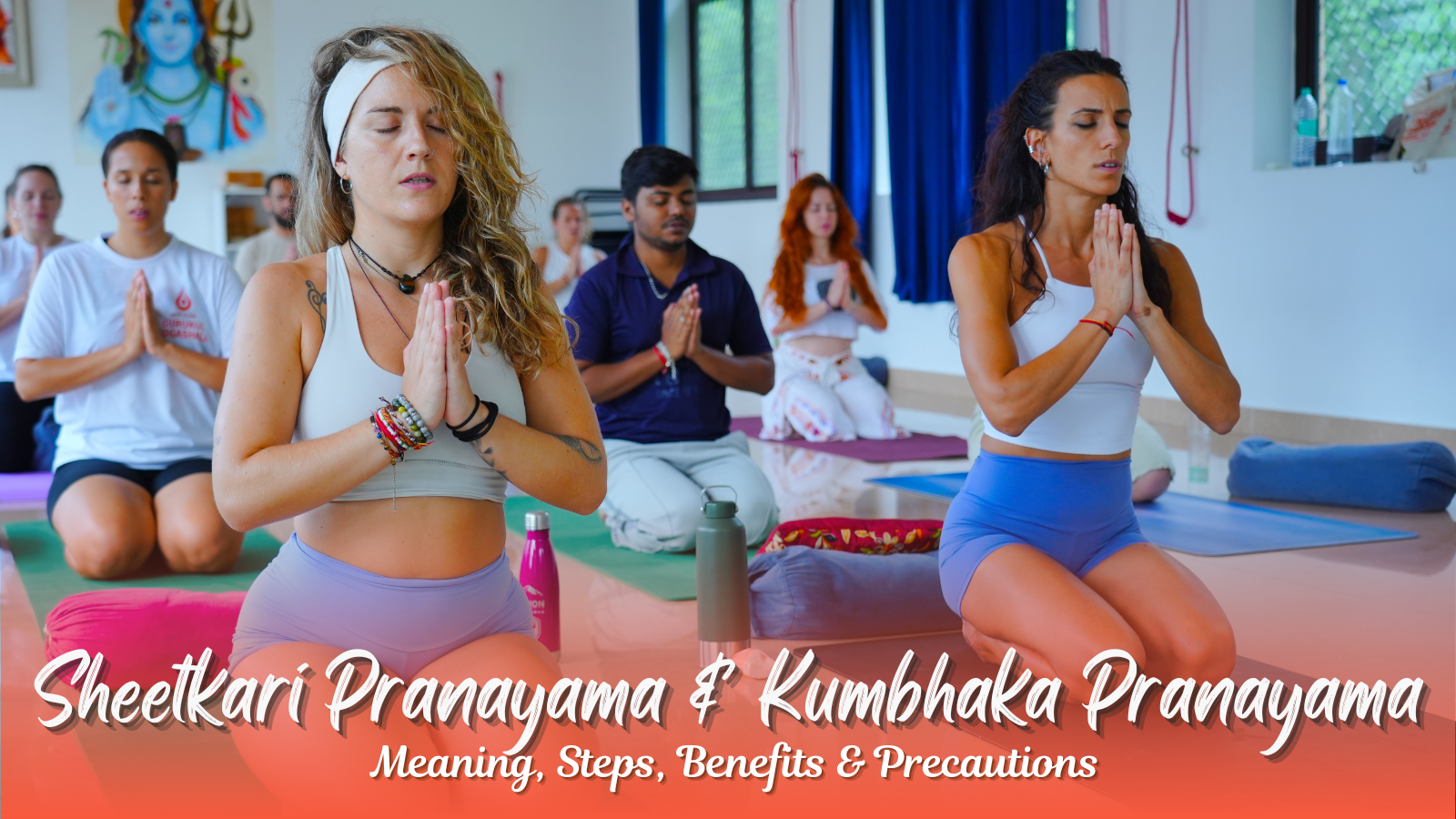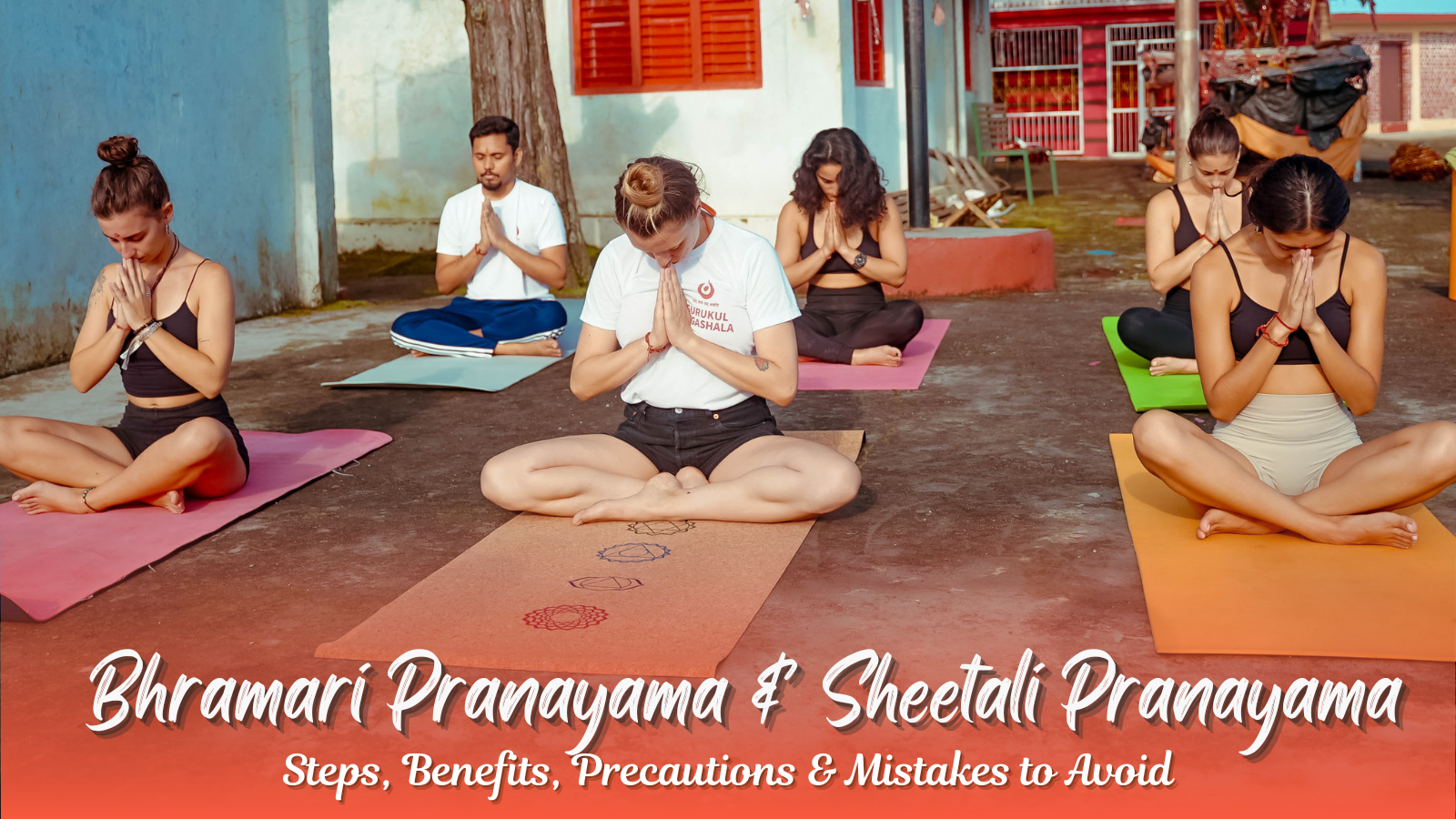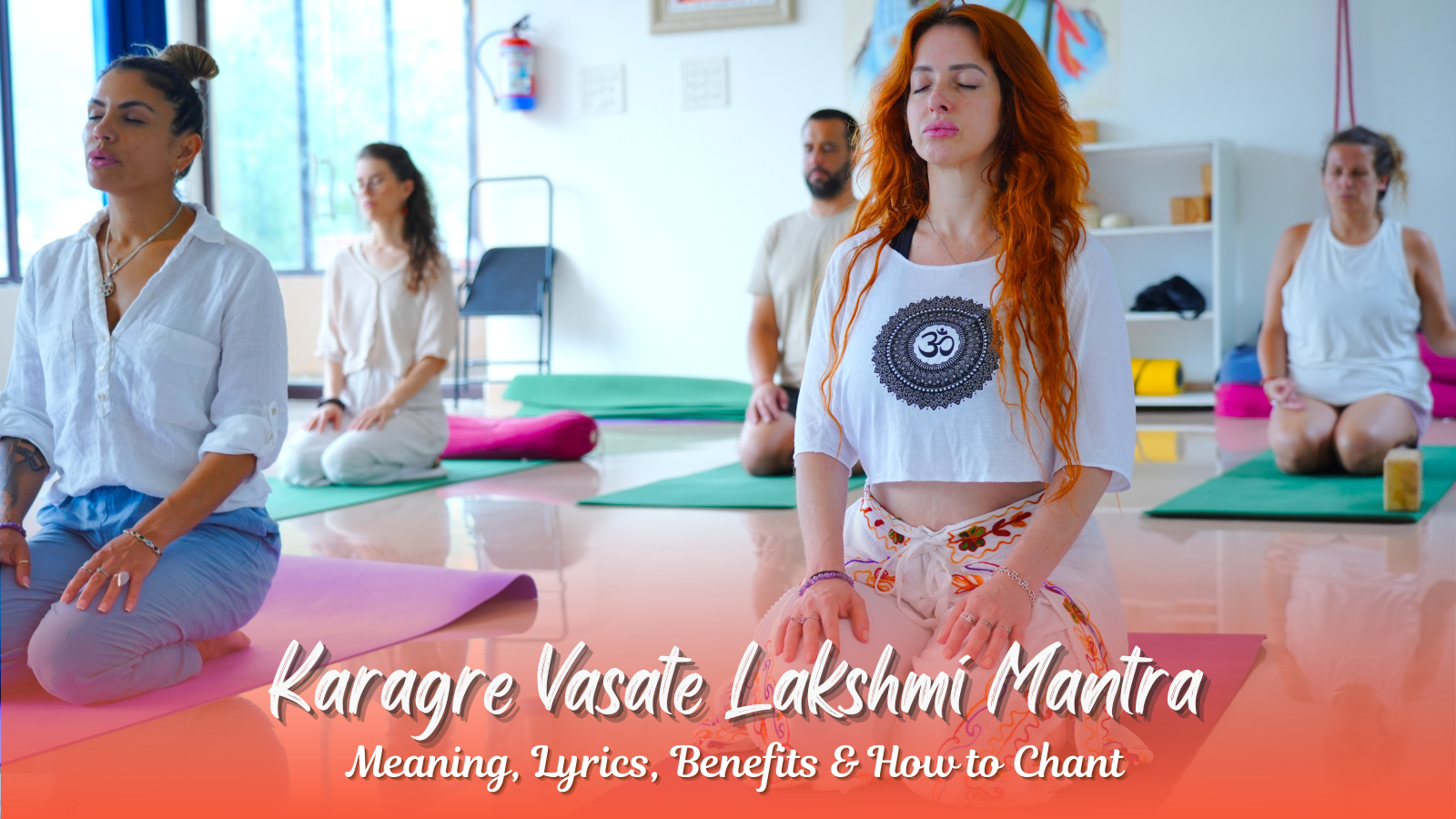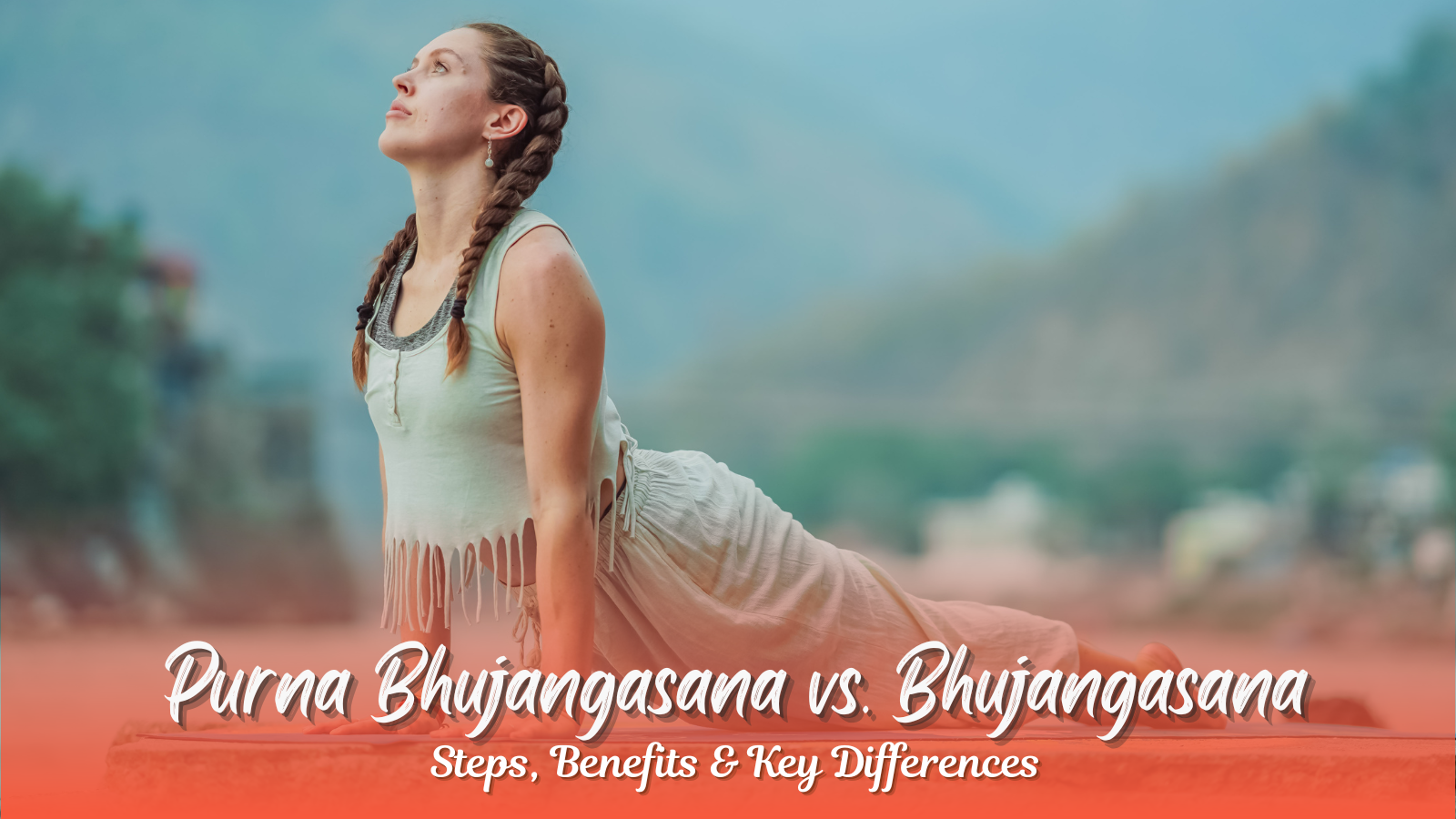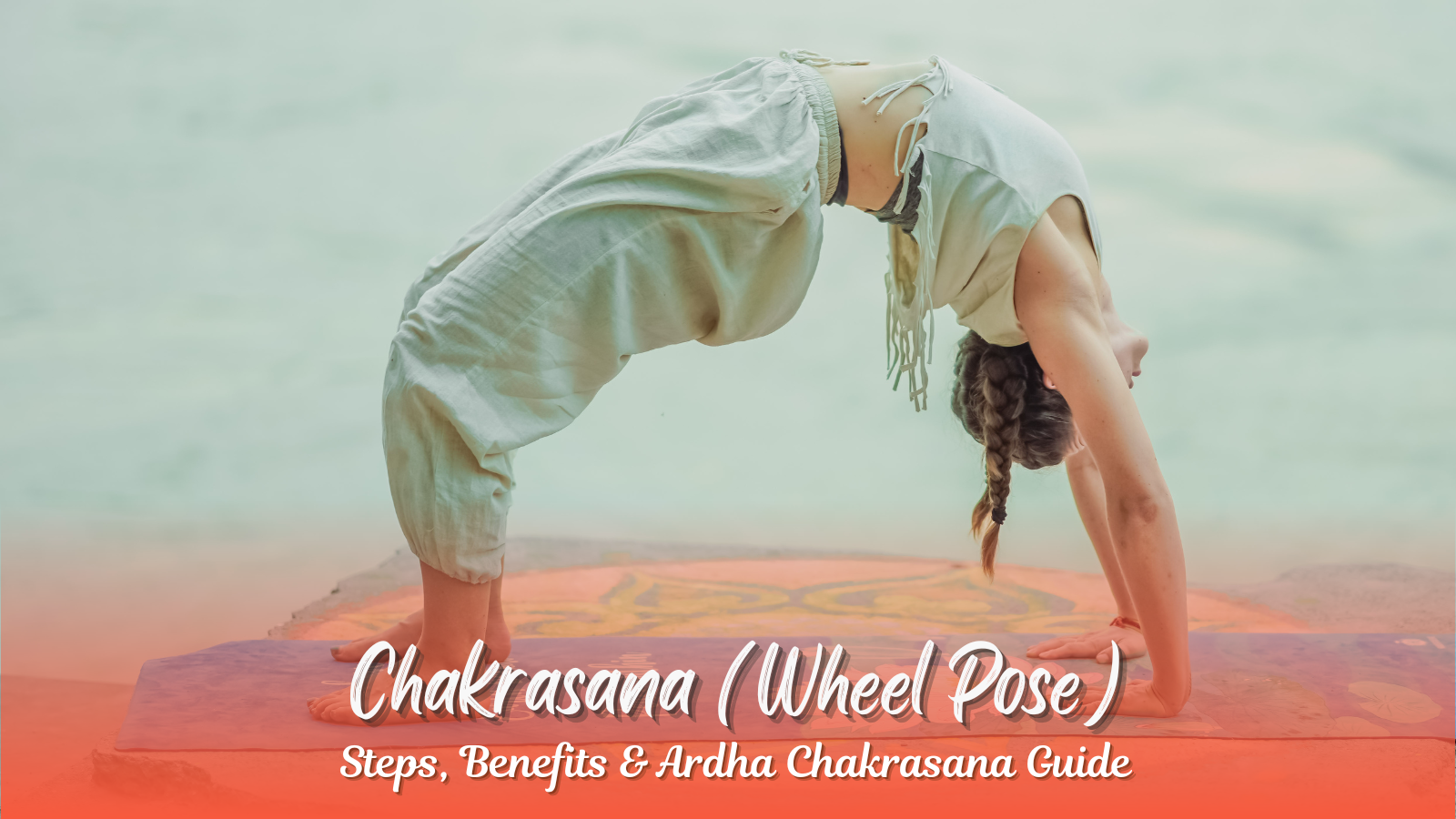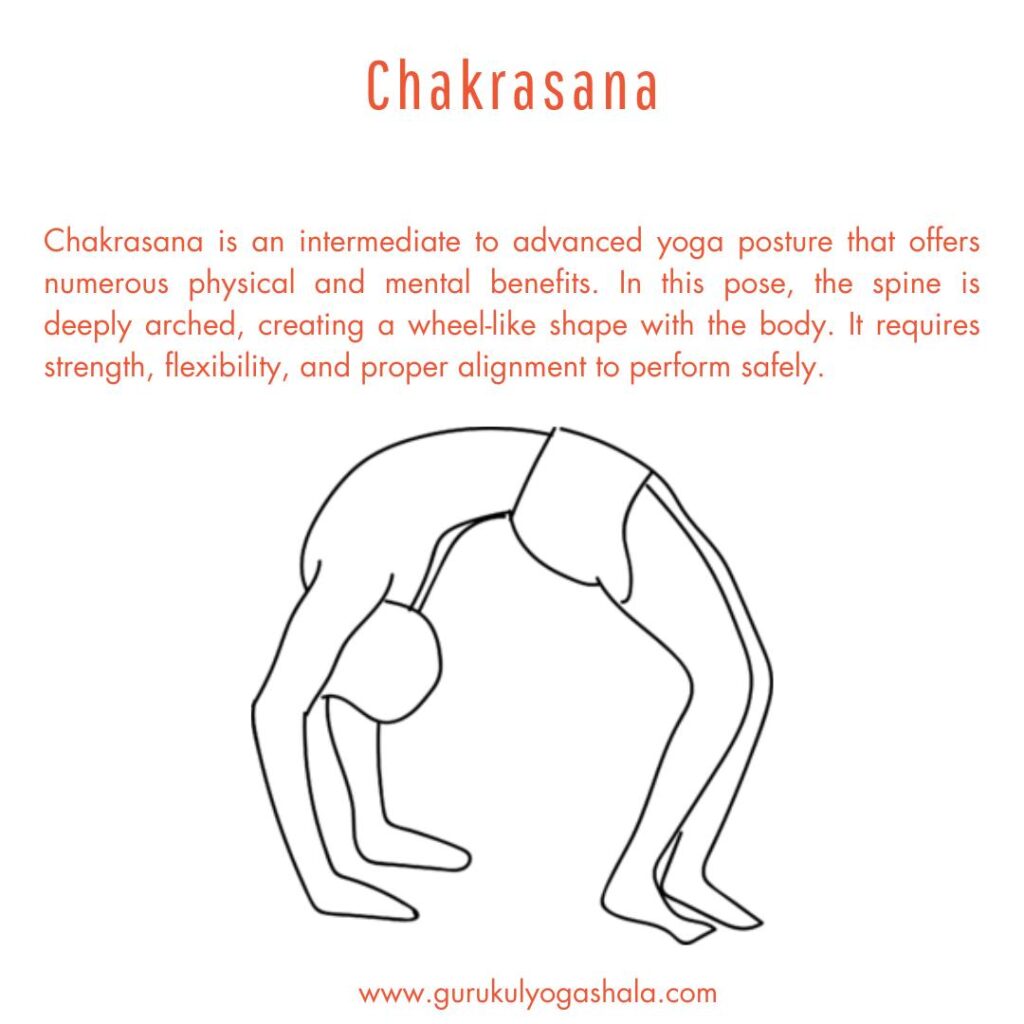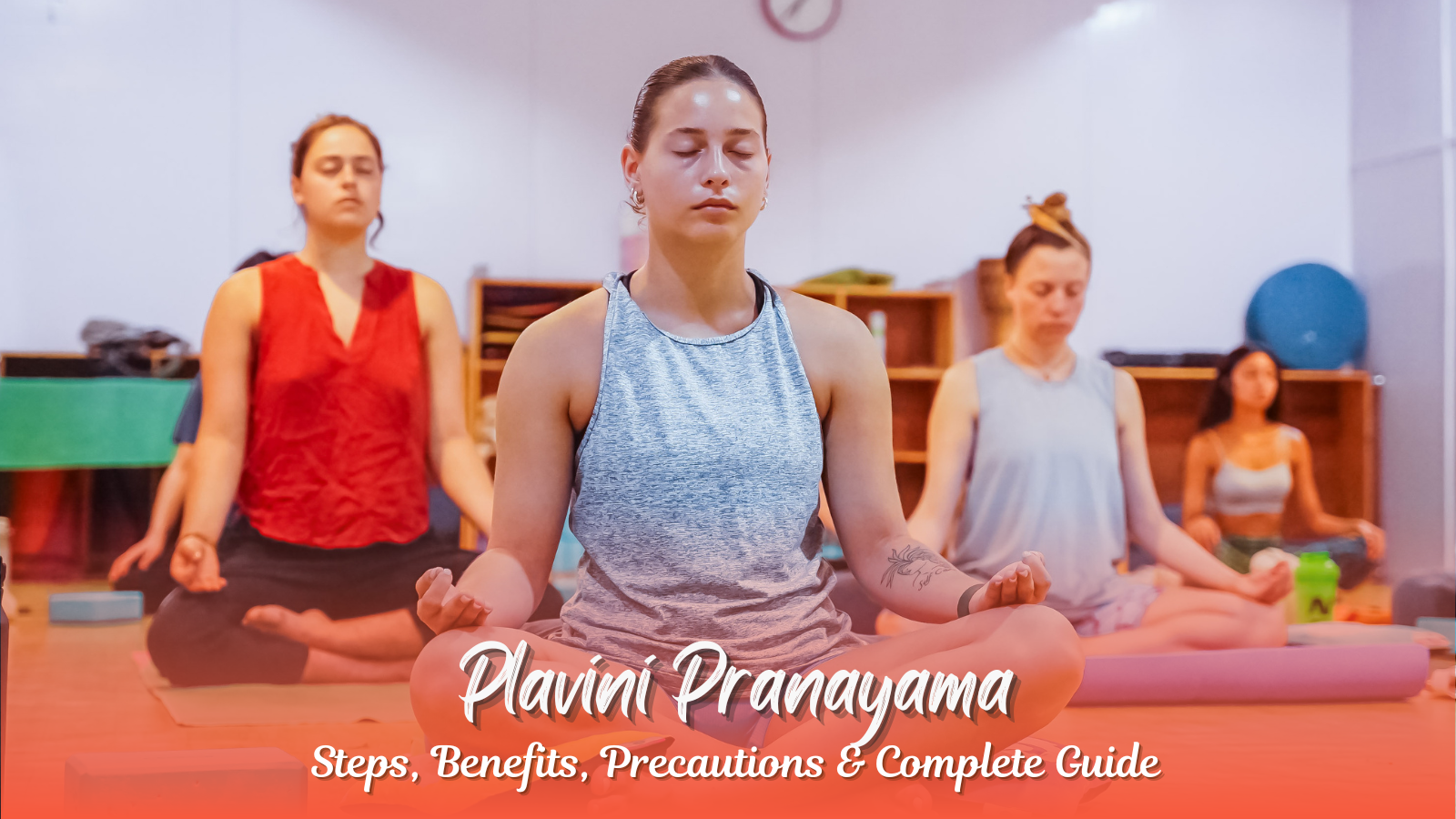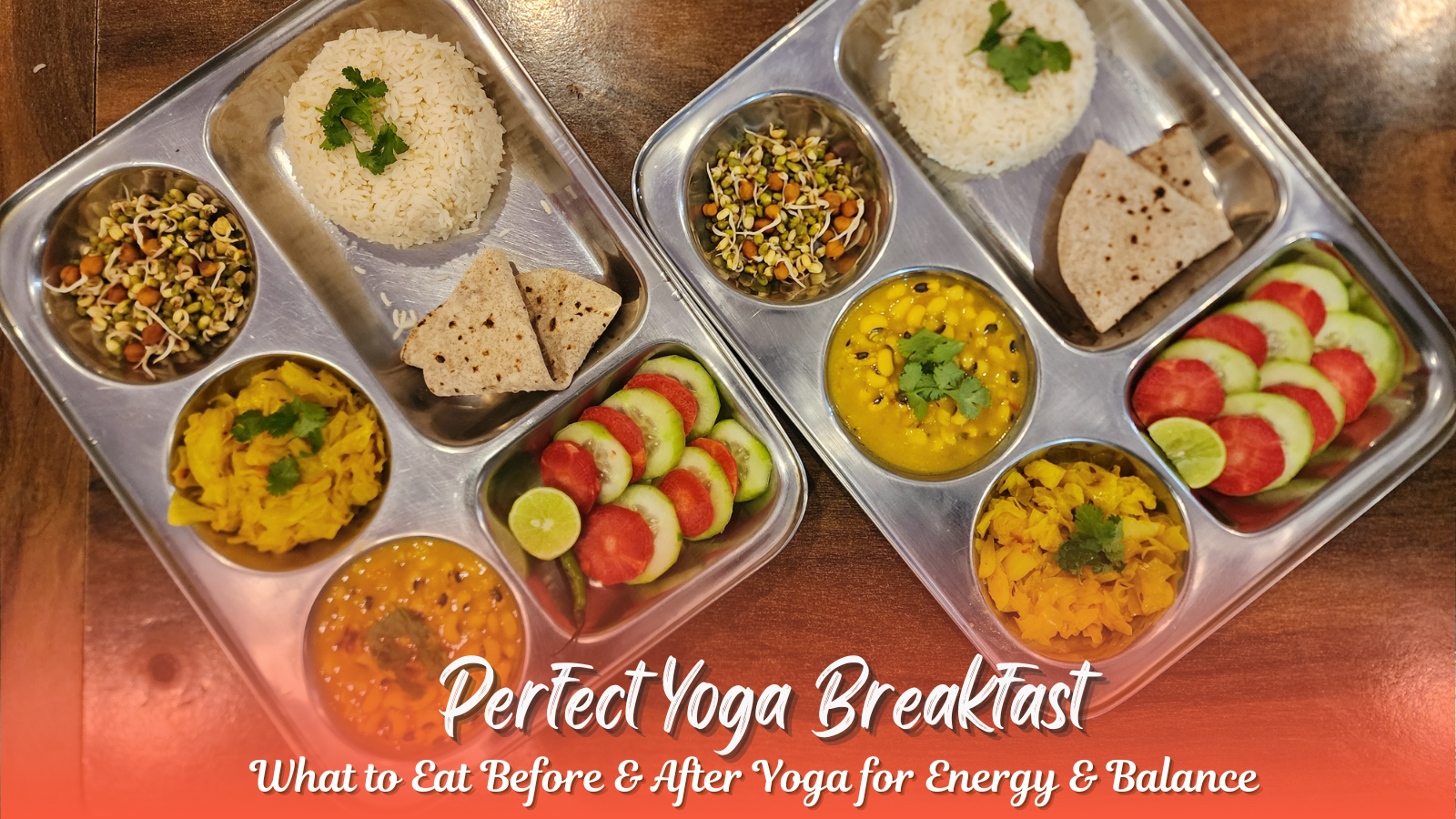YogaAsana— Yoga is a practice that involves the body, mind, and spirit, while asana refers to the physical postures performed in yoga. These postures can be simple, like sitting poses, or more advanced, such as inversions, standing, and reclining positions. Asanas help improve strength, flexibility, and blood circulation, and are an important part of Hatha Yoga, helping to prepare the body for meditation and spiritual growth.
Among the various asanas, Sarpasana also known as the Snake Pose, is known for it’s ability to strengthen spine, improve flexibility and stimulate internal organs. It’s a back-bending posture, and while practicing it, one should follow necessary precautions and be aware of contraindications to ensure maximum health benefits.
What is Sarpasana (Snake Pose) in Yoga?
Sarpasana is derived rom a Sanskrit word “Sarpa” means snake, resembles the graceful flowing movement of a snake. Accordingly to practice this one need to lie down keeping the navel on the ground, lifting up the upper body supported by hands. In contrast to the well-known Bhujangasana (Cobra Pose), Sarpasana emphasises a more dynamic, flowing movement and provides unique benefits for the spine and abdominal organs.
Sarpasana vs. Bhujangasana – Key Differences Between Snake Pose & Cobra Pose
| Aspect | Sarpasana (Snake Pose) | Bhujangasana (Cobra Pose) |
| Movement | Typically more fluid, imitating the slithering of a snake | More static, focusing on lifting the chest |
| Arm Position | Arms are often kept extended forward or back, depending on variation | Hands usually under shoulders, elbows close to body |
| Spine Engagement | Emphasises dynamic flexibility and flow | Focuses on strengthening the lower back and opening the chest |
How to Do Sarpasana (Snake Pose) Step by Step
- Starting position: Lie flat on stomach with legs straight and feet together. Interlock your fingers and place the hands on top of your buttocks place the chin on the floor and inhale deeply and slowly.
- Engage core: Activate your abdominal muscles and press your pubic bone into the floor.
- Lift Chest and abdomen: Inhale deeply and slowly lift your chest off the floor, imitating the lifting motion of a snake rising. Push the hands further back Imagine the arms being pulled from behind. Keep raising the upper body as high as possible and look forward. Keep your shoulders away from your ears.
Variation: For an easier version one can keep the hands by their sides, while to increase the intensity in this variation a block can be held between both palms and gently squeezed with palms only during the pose.
- Hold the Position: Maintain the posture for 10 to 30 seconds as per your comfort, focusing on steady breathing. Avoid overextending the neck.
- Release Gently: Exhale slowly and lower your body back to the mat in a controlled manner.
- Repeat: Perform 3 to 5 times depending on your comfort and experience level.
Benefits of Sarpasana (Snake Pose) for Spine, Core & Digestion
- Spinal Flexibility and Strength: Enhances mobility of the spine and strengthens the muscles around it.
- Improves Digestion: Pressure on the abdomen stimulates abdominal organs, improving digestion and metabolism. It stimulates the appetite, relieves flatulence and constipation.
- Improves Heart Health: The heart becomes stronger and healthier because the increased pressure in the chest gently massages it. Which also helps to release blocked emotions.
- Reduces Stress and Anxiety: In final position the body’s weight presses the diaphragm up, helping to open lung air sacs and improve breathing, promoting relaxation and reducing stress.
- Improves Posture: Helps in correcting rounded shoulders and postural imbalances caused by prolonged sitting.
- Boosts Circulation: Stimulates blood flow, especially in the abdominal and pelvic region.
- Tones Core Muscles: Pressure on the abdomen engages the core muscles, aiding in better body stability.
Precautions & Contraindications of Sarpasana (Snake Pose)
While Sarpasana offers numerous benefits, it’s crucial to practice safely:
- Always try to practice this asana empty stomach in the morning. If not possible then in the evening, make sure to perform it after 4-5 hours of your main meal.
- Ensure you have done some basic warm up and stretching exercise to loosen your arm, shoulder, neck and back.
- Practice this under the guidance of a trained teacher.
- Senior citizens or pregnant women should avoid this as it puts immense pressure on abdomen
- Avoid if you have severe back and wrist injuries, shoulder dislocation, herniated discs, or recent abdominal surgery.
- Pregnant women should practice only under expert guidance.
- Ensure not to overstrain the lower back or neck.
- Practice on a well-cushioned yoga mat to prevent discomfort.
- People with heart condition and high blood pressure should not strain too much while performing this asana.
Counter Pose: The best counter-pose for Sarpasana (Snake Pose) is a forward bend like Child’s Pose (Balasana), which helps relax the back and return the spine to a neutral position.
Why Learn Sarpasana at the Best Yoga School in Rishikesh?
Sarpasana is not an easy posture so learning this asana under the guidance of a good yoga teacher and in good yoga school ensures you practice it safely with the correct posture, correct alignment, avoid injuries and get the most benefits by following proper techniques and breathing.
Since Rishikesh is globally known as the yoga capital of the world. A 200 hour Kundalini Yoga Teacher Training in Rishikesh offers comprehensive learning, not just about asanas like Sarpasana, but also pranayama, meditation, and yogic philosophy. Opting for a Yoga School in Rishikesh ensures expert guidance, traditional practices, and a serene environment perfect for deep learning.
Who Can Practice Sarpasana (Snake Pose)?
Sarpasana is suitable for practitioners with a basic understanding of yoga asanas. Beginners should start with easier variations such as the Half Cobra Pose or practice under supervision in a certified yoga school.
Best Alternative Poses for Beginners Before Practicing Sarpasana
For beginners, the Half Cobra Pose (Ardha Bhujangasana) is recommended. It provides the fundamental benefits of spinal extension and abdominal engagement without the intensity of full Sarpasana.
FAQs on Sarpasana (Snake Pose) – Steps, Benefits & Practice Tips
1. What are the benefits of Sarpasana?
Sarpasana improves spinal flexibility, strengthens the core, aids digestion, enhances posture, boosts circulation, and helps in stress relief.
2. What is the difference between Sarpasana and Bhujangasana?
While Sarpasana emphasises a fluid, snake-like movement involving both the upper and lower body lift, Bhujangasana is a more static backbend focusing on lifting the chest with support from hands.
3. How to do Sarpasana?
Lie flat on your stomach, engage your core, lift your chest up while keeping arms extended at the back or by your side, hold for 10–30 seconds as per your comfort, then release slowly.
4. Which pose is best for beginners?
The Half Cobra Pose (Ardha Bhujangasana) is ideal for beginners as it is less intense and focuses on building strength and flexibility gradually.
5. How to do Sarpasana for beginners?
Start with lifting the chest only, keeping legs on the floor and hands by your sides. Hold for 10–15 seconds and repeat 3–5 times with proper rest between each attempt.
Conclusion
Sarpasana is a posture that not only works on the spine but also has many therapeutic effects on our body. This asana improves digestion, increases metabolism tone core, good for heart health, helpful for females with PCOS, and so many other benefits. So wether you are an intermediate or advance practitioner, practicing Sarpasana with correct technique and alignment can be very useful for your health. It’s better to learn a proper way to practice this asana than getting some injuries.
So if you want to deepen your own practice or want to become a certified yoga teacher, it’s best to learn under the guidance of a knowledgeable yoga teacher in the best yoga Teacher Training School in Rishikesh.
Practice Sarpasana regularly to unlock the ancient wisdom that helps build strength, flexibility, and mindful awareness.


